Best Practices Articles
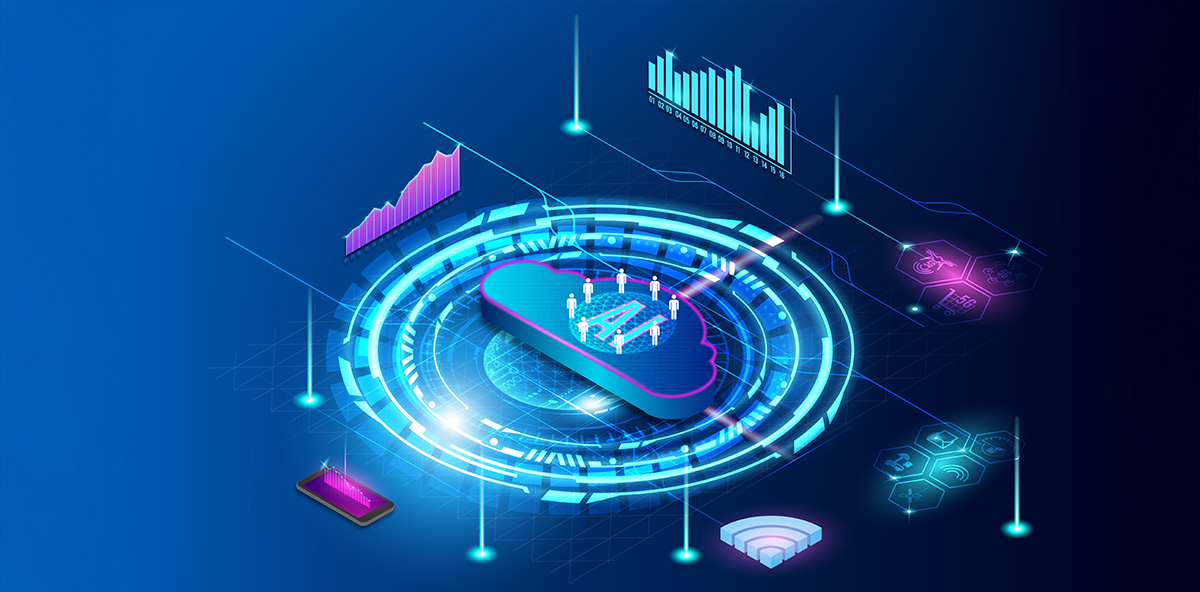
AI-Powered PartnerOps: Driving Ecosystem Growth with Intelligence
As SaaS companies expand their ecosystems, they encounter complexity in partner management, enablement, and execution. Rapid growth introduces operational strain. Teams must onboard hundreds of partners, coordinate co-selling motions, manage incentives, and support localized programs—all while tracking performance and aligning with internal go-to-market priorities.
To manage this complexity, companies build out PartnerOps teams. These teams design and manage the systems, processes, and workflows that support partner programs. However, traditional PartnerOps models often hit scalability limits. Manual data collection, static reporting, and rigid workflows slow down execution. Teams struggle to respond quickly to changes in partner behavior or shifts in strategy.
Artificial intelligence changes that dynamic. AI introduces speed, prediction, and personalization into the operational stack. It equips PartnerOps with the tools to forecast, automate, and adapt at scale. With AI, teams stop reacting and start anticipating. They deliver relevant insights at the right moment. They enable real-time decisions. They unlock new levels of efficiency without sacrificing precision.
The shift to AI-enhanced PartnerOps represents more than a technology upgrade. It transforms how teams operate. It changes the role of operations from support to strategy. It redefines success by improving both partner experience and business outcomes.
This article explains how SaaS companies can integrate AI into PartnerOps. It outlines five critical areas where AI creates value: partner identification, onboarding acceleration, performance forecasting, personalization of enablement, and operational automation. Each section provides examples, best practices, and structural guidance for building large-scale AI-powered PartnerOps.
1. Use AI to Identify and Prioritize Ideal Partners
The success of any partner program starts with partner selection. PartnerOps plays a crucial role in this stage. They define recruitment targets, segment partners, and build profiles of high-performing partners. Traditionally, this process relies on spreadsheets, CRM queries, and anecdotal input from sales teams.
AI changes that process. With machine learning models, PartnerOps analyzes massive datasets to identify partners with the highest potential. These models evaluate firmographics, technographics, historical deal influence, regional activity, and customer overlap. AI surfaces partner candidates who match past success profiles, even if they haven’t yet appeared on anyone’s radar.
For example, an AI engine might scan regional market data and suggest an engineering services firm with a strong automotive manufacturing presence and recent investment in cloud platforms. The model links that firm to customer accounts with similar industry needs, product usage, and buying intent. PartnerOps receives that insight and acts quickly to recruit with confidence.
AI also enhances prioritization. Rather than treat every new partner opportunity equally, PartnerOps ranks them by predicted impact. These predictions consider ramp time, potential deal size, influence history, and overlap with strategic accounts. Partner managers no longer rely solely on intuition—they work with guidance from data models trained on real results.
PartnerOps enables these insights by curating the correct data, integrating AI models with CRM and PRM systems, and creating workflows for sales and alliance teams to act. They move partner recruitment from gut feeling to evidence-based planning. That shift improves partner quality, accelerates ecosystem development, and aligns resources with revenue potential.
2. Accelerate Onboarding With Intelligent Automation
Partner onboarding often becomes a bottleneck. Without automation, teams struggle to deliver consistent experiences. Partners lose momentum. Internal teams waste time tracking tasks manually. Deals stall while systems catch up.
PartnerOps solves this challenge with intelligent onboarding. AI-driven systems guide partners through customized journeys based on partner type, region, and role. These journeys adapt dynamically. As partners complete tasks, the system recommends the following steps, serves relevant assets, and flags risks.
For instance, a system integrator in the healthcare sector might receive onboarding content tailored to industry use cases, regulatory requirements, and advanced solution certifications. The AI model detects engagement signals—content downloads, demo requests, and tool usage—and adjusts the subsequent modules accordingly.
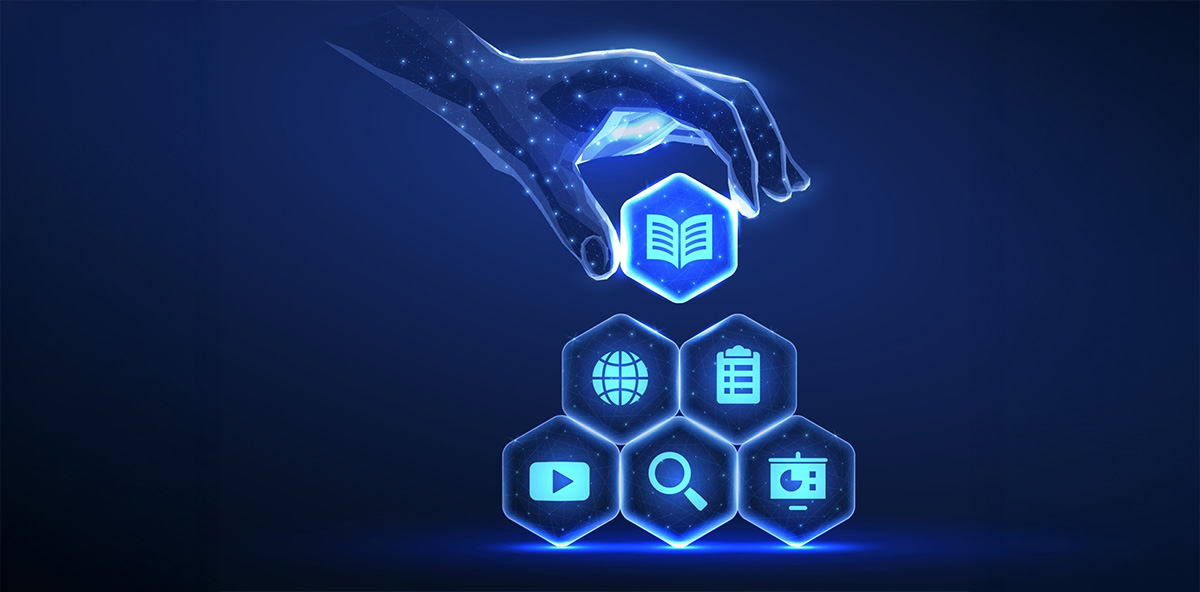
PartnerOps sets these journeys in motion. They define the onboarding architecture, map role-based sequences, and configure AI models to respond to behavior. They also monitor progress. Instead of asking, “Did the partner complete the checklist?” they ask, “Did this onboarding accelerate time-to-first-deal or improve enablement depth?”
AI also supports internal teams. PartnerOps uses AI tools to alert partner managers when a partner misses a milestone or shows signs of disengagement. The system recommends interventions—calls, content refreshers, or incentive nudges. These proactive measures prevent drop-off and increase partner velocity.
PartnerOps no longer waits for partners to raise issues. AI empowers them to intervene at the right time. That precision reduces ramp time, increases partner satisfaction, and creates a foundation for long-term engagement.
3. Forecast Partner Performance With Predictive Intelligence
Historically, PartnerOps teams measured performance retrospectively. They built dashboards to track registered deals, revenue contribution, certification progress, and co-sell activity. While valuable, these metrics showed what happened—not what would happen next.
AI introduces forecasting. By analyzing historical trends, current engagement, and pipeline signals, PartnerOps predicts partner performance before results materialize. These forecasts inform decisions across the business. Sales teams know which partners will deliver in a quarter. Marketing adjusts investments based on expected reach. Finance models contribute with greater accuracy.
PartnerOps leads the charge by integrating data across systems. They connect PRM, CRM, and marketing automation platforms. They feed AI models with structured inputs and train them on historical outcomes. The result is a dynamic score for each partner that evolves in real time.
These models factor in activity volume, engagement quality, deal velocity, renewal patterns, and campaign participation. They also consider qualitative inputs such as survey responses, content interactions, and feedback from partner account managers.
PartnerOps operationalizes these scores by building them into dashboards, account plans, and incentive logic. High-potential partners receive more support. At-risk partners trigger interventions. The team manages the ecosystem with forward-looking insights instead of backward-facing reviews.
This capability transforms how PartnerOps influences strategy. They no longer explain the past. They shape the future. Their forecasts drive better decisions and improve partner investment outcomes.
4. Deliver Personalized Enablement at Scale
Enablement often fails because it ignores context. Partners receive duplicate content regardless of their maturity, role, or region. Sales engineers watch generic demos. Business development reps read technical specs. Value gets lost. Time gets wasted.
PartnerOps fixes this by delivering role-based, context-aware enablement using AI. These systems profile partners automatically, assess prior behavior and serve the most relevant content at the right time.
For example, a mid-tier reseller in Latin America might receive sales enablement modules focused on solution selling, regional compliance, and multilingual pitch decks. A European integration partner sees modules related to API architecture, data security, and co-innovation frameworks.
AI drives this precision. It learns which assets produce results. It monitors which paths correlate with certification, deal conversion, and partner satisfaction. It recommends new content based on behavior, not guesswork.
PartnerOps curates the ecosystem to make this possible. They tag assets correctly, define enablement goals, and configure AI models to track partner interaction. They measure impact not by content views but by outcomes—deal velocity, solution adoption, and expansion success.
This approach turns enablement from a content dump into a strategic advantage. Partners move faster. They learn what matters. They engage more deeply. PartnerOps creates that experience by fusing content, systems, and AI into one seamless journey.
5. Automate Operational Workflows With Intelligent Systems
Manual workflows limit PartnerOps. Deal registrations require approval routing. MDF claims involve PDF submissions. Tier calculations happen in spreadsheets. These processes create delays, invite errors, and consume resources.
AI removes those constraints. It automates repeatable tasks with intelligence. It routes requests based on deal size, region, and compliance rules. It flags inconsistencies in partner data. It validates MDF claims by analyzing documentation and cross-referencing CRM activity.
PartnerOps implements these systems deliberately. They map processes end to end. They define decision logic. They build escalation paths for exceptions. Then, they apply AI to execute the tasks accurately and adaptably.

For example, when a partner submits a deal registration, the AI checks for duplicates validates account alignment, confirms partner status, and routes for approval. It learns from past approvals and flags edge cases for review. Partner managers spend time on strategic interactions, not form reviews.
Similarly, PartnerOps automates tiering by tracking performance in real time. The AI monitors partner contribution across metrics—revenue, certifications, campaign participation—and calculates tier status dynamically. Partners see where they stand, what they need to improve, and how to unlock new benefits.
This automation increases scale. PartnerOps supports more partners with fewer bottlenecks. It reduces SLA violations. It improves data accuracy. Most importantly, it frees team members to focus on higher-impact work.
By integrating AI into operations, PartnerOps transforms workflows from rigid to responsive. They build systems that think, adapt, and improve over time.
Conclusion
Partner ecosystems represent one of the most powerful levers in SaaS. However, without scalable operations, that leverage goes unrealized. Manual processes limit reach. Delays frustrate partners. Inconsistent execution undermines strategy.
AI changes the trajectory. It equips PartnerOps with the tools to scale intelligently. It replaces static workflows with dynamic systems. It replaces guesswork with predictions. It enables proactive engagement, personalized enablement, and real-time decisions.
PartnerOps teams that embrace AI elevate their function from execution to orchestration. They guide partner selection, automate onboarding, forecast performance, and personalize engagement. They move from tracking what happened to influencing what comes next.
Companies that integrate AI into PartnerOps see measurable gains. They activate partners faster. They allocate resources with precision. They improve partner satisfaction. They increase ecosystem performance while lowering operational drag.
AI-powered PartnerOps teams no longer react. They lead. They deliver insight, structure, and agility at every stage of the partner lifecycle. They unlock growth through intelligence.
The next-generation SaaS ecosystems will not run on spreadsheets and manual workflows. They will run on data, automation, and intelligence. PartnerOps will drive that transformation—if companies choose to empower them now.
Best Practices Guidebook
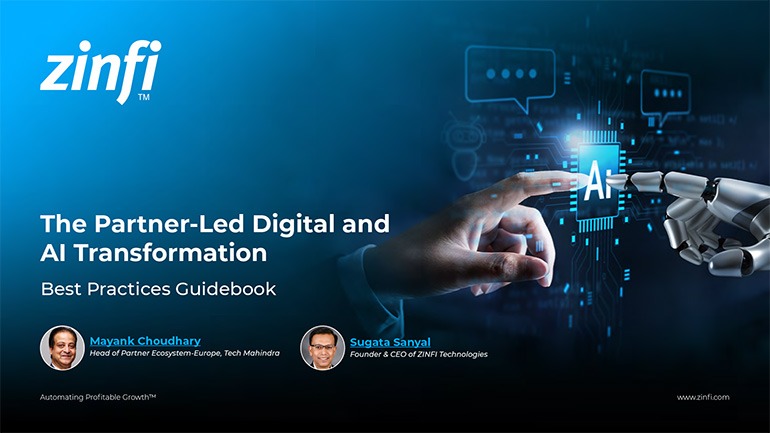 The Partner-Led Digital and AI Transformation Best Practices
The Partner-Led Digital and AI Transformation Best PracticesDownload for FREE
 Startup Talent Recruitment: Hiring Missionaries, Not Mercenaries
Startup Talent Recruitment: Hiring Missionaries, Not MercenariesDownload for FREE
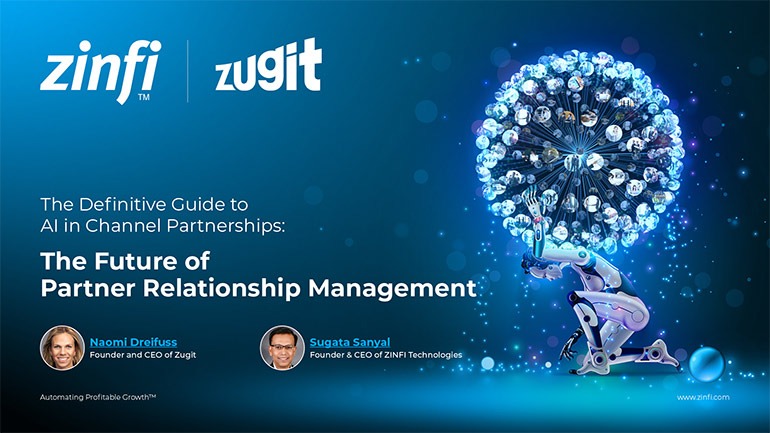 The Future of Partner Relationship Management with AI in Partnerships
The Future of Partner Relationship Management with AI in PartnershipsDownload for FREE
 Cybersecurity for the 99%: Strategies from the Frontline
Cybersecurity for the 99%: Strategies from the FrontlineDownload for FREE
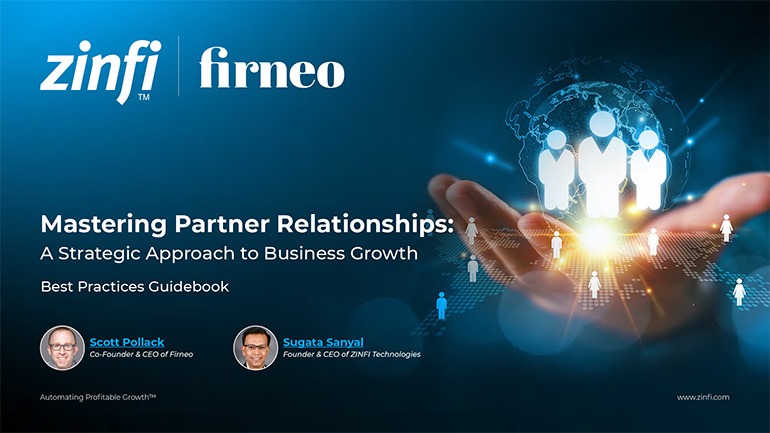 Mastering Partner Relationships: A Strategic Approach to Business Growth
Mastering Partner Relationships: A Strategic Approach to Business GrowthDownload for FREE
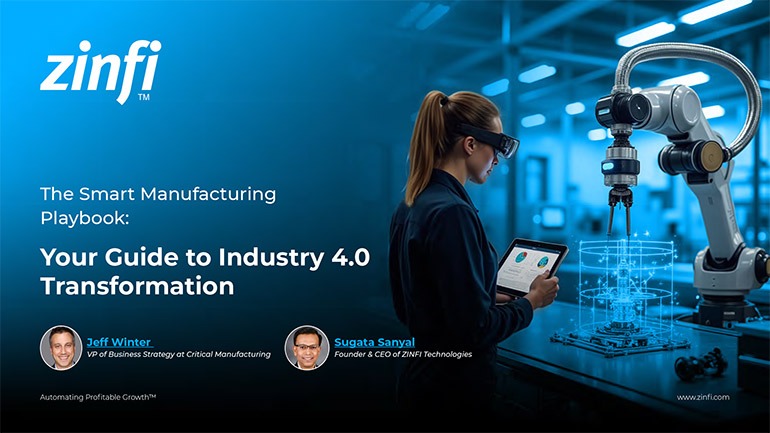 The Smart Manufacturing Playbook: Industry 4.0 Transformation
The Smart Manufacturing Playbook: Industry 4.0 TransformationDownload for FREE
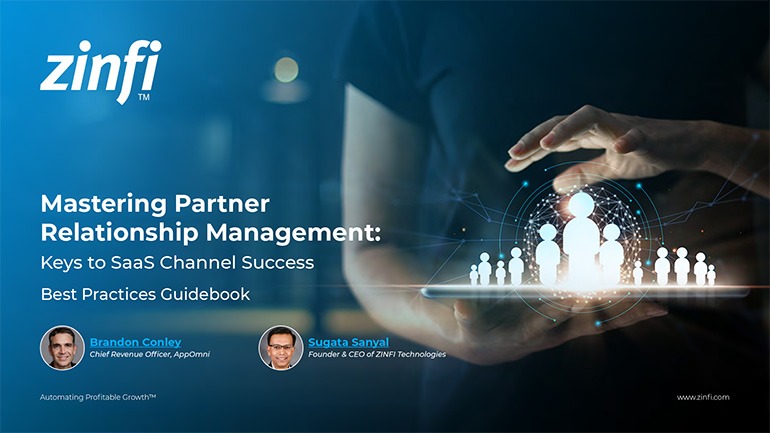 Mastering Partner Relationship Management: Keys to SaaS Channel Success
Mastering Partner Relationship Management: Keys to SaaS Channel SuccessDownload for FREE
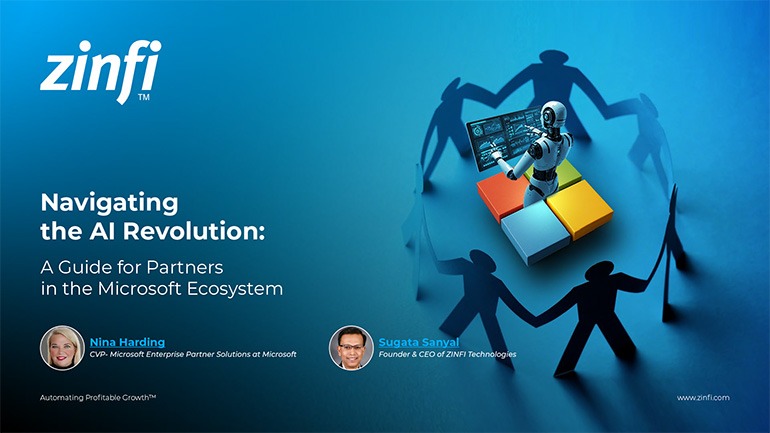 Navigating the AI Revolution: Guide for Partners in the Microsoft Ecosystem
Navigating the AI Revolution: Guide for Partners in the Microsoft EcosystemDownload for FREE
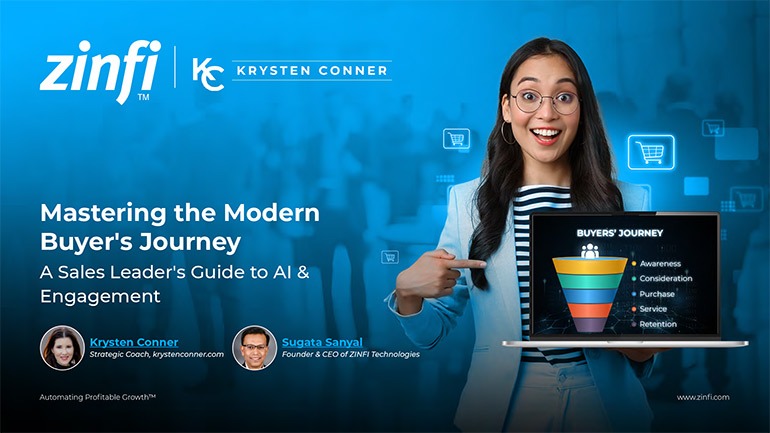 Mastering the Modern Buyers Journey: Sales Leader’s Guide to AI & Engagement
Mastering the Modern Buyers Journey: Sales Leader’s Guide to AI & EngagementDownload for FREE
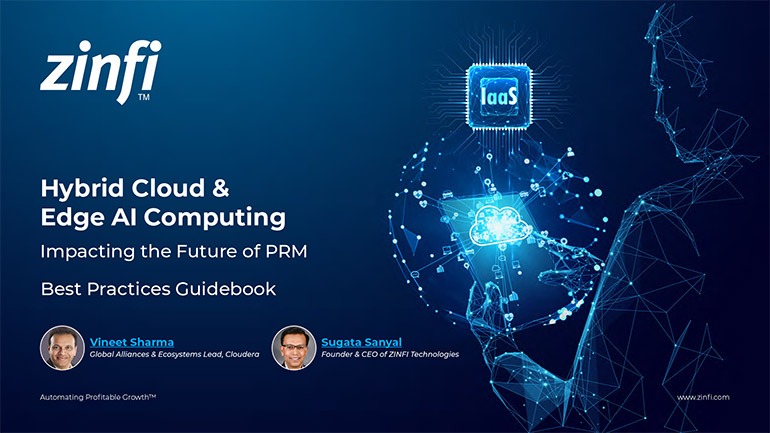 Hybrid Cloud and Edge AI Computing Impacting the Future of PRM
Hybrid Cloud and Edge AI Computing Impacting the Future of PRMDownload for FREE
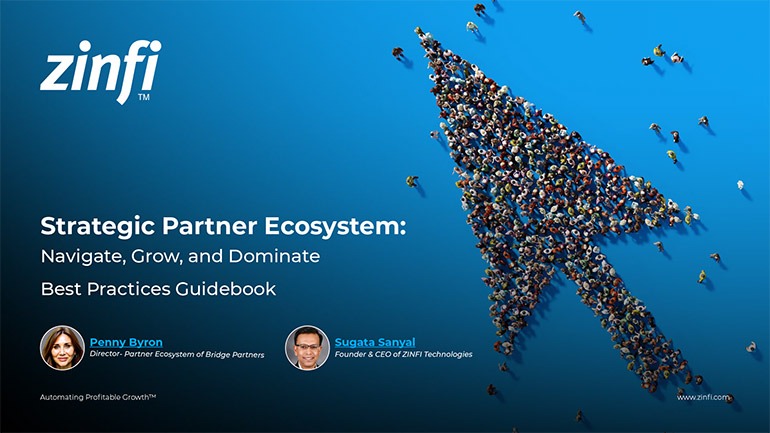 Strategic Partner Ecosystem: Navigate, Grow, and Dominate
Strategic Partner Ecosystem: Navigate, Grow, and DominateDownload for FREE
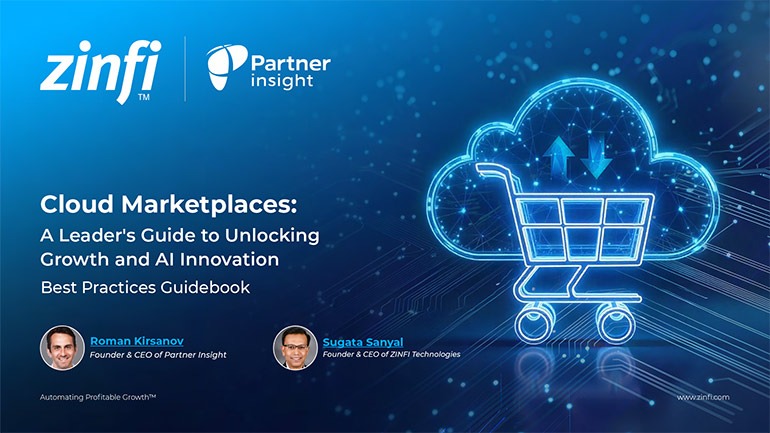 Cloud Marketplaces: Leader’s Guide to Unlocking Growth and AI Innovation
Cloud Marketplaces: Leader’s Guide to Unlocking Growth and AI InnovationDownload for FREE
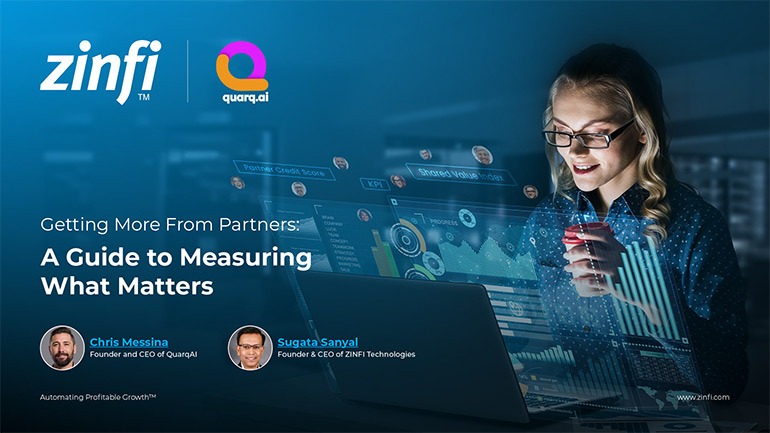 Getting More From Partner Performance: Guide to Measuring What Matters
Getting More From Partner Performance: Guide to Measuring What MattersDownload for FREE
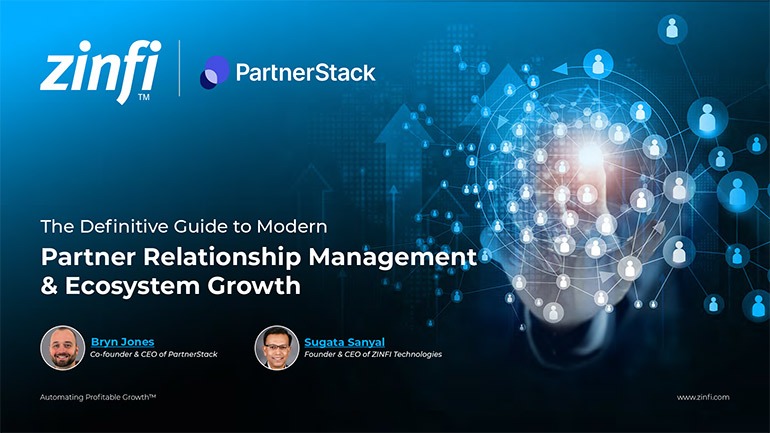 Guide to Modern Partner Relationship Management & Ecosystem Growth
Guide to Modern Partner Relationship Management & Ecosystem GrowthDownload for FREE
 Debunking the Entrepreneurship Myth Best Practices
Debunking the Entrepreneurship Myth Best PracticesDownload for FREE
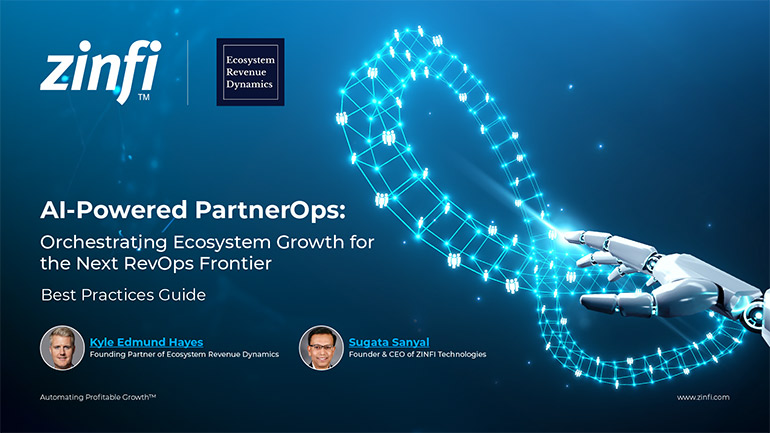 AI-Powered PartnerOps: The Next RevOps Frontier Best Practices
AI-Powered PartnerOps: The Next RevOps Frontier Best PracticesDownload for FREE
 Humanizing Brands: Guide to Strategic Partnering Best Practices
Humanizing Brands: Guide to Strategic Partnering Best PracticesDownload for FREE







